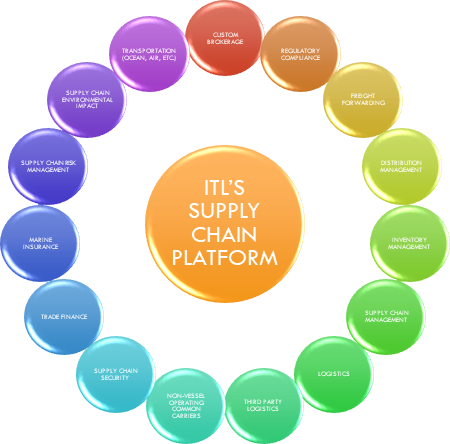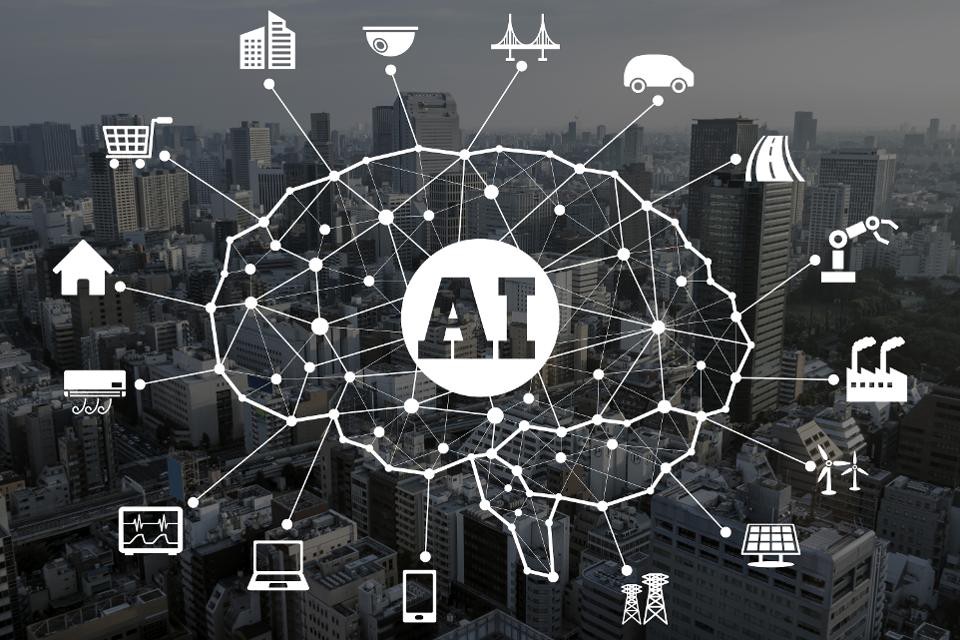
We’re building a supply chain platform based on an artificial neural network, loosely based on a biological brain. Our objective is to create the smartest assistant in the industry. Moreover, we want this assistant to boost the productivity of an entire industry. Think of it as an industry expert at your fingertips.
No human has the capacity to master all the activities expected of a customs broker or trade specialist. For example, even above-average humans can’t read and remember half a million pages of regulations. Especially since they are varied, ever-changing, and use complex words and language. Making them very hard to understand and act upon. Particularly without making mistakes. And in seconds.
To be able to do all of this requires superhuman capabilities. And these are only possible using the tools, techniques and technologies that ITL is applying to solve industry problems.
AI Technologies

Artificial Intelligence is often defined as the ability of computers to perform tasks that normally require human intelligence. Consequently, these abilities include cognitive processes such as learning, reasoning, problem-solving, perception, and language-understanding.
Following is a listing of some of the technologies that ITL is employing in building its platform:
- Speech – Speech to text and Text to speech
- Image recognition
- Machine learning – supervised and unsupervised
- Natural language processing – content extraction, classification, machine translation, question answering, translation
- Natural language generation – creating questions, writing text
- Neural networks
- OCR / digitization
- Chatbots
- Sentiment analysis
- Clustering – targeted marketing, recommender systems, customer segmentation
- Data mining
- Algorithms / AI models
Common Pain Points
Generally, most pain points center on the following types of activities:
- Searching for data/documents
- Reading documents
- Reviewing documents for accuracy
- Identifying, requesting and awaiting missing/inadequate data needed to complete a task
- Entering data
- Making decisions – choosing from options, inclusions versus exclusions, etc.
- Asking questions
- Answering questions
- Communications
- Selecting appropriate documents
- Populating documents
- Finding needles in haystacks of data
- Integrating related activities
- Managing work flow
- Documenting actions taken/work performed
- Secure storage of data
Solutions
Generally, most of the solutions involve one of the following attributes:
- Faster
- Less cost
- Greater accuracy
- Real time
- Security
- Verification
Pathways to Solutions – Process Improvements
There are many pathways to solutions but in general, they involve some sort of process improvement as shown below:
- Elimination
- Combination
- Simplification
- Linkage
- Automation
